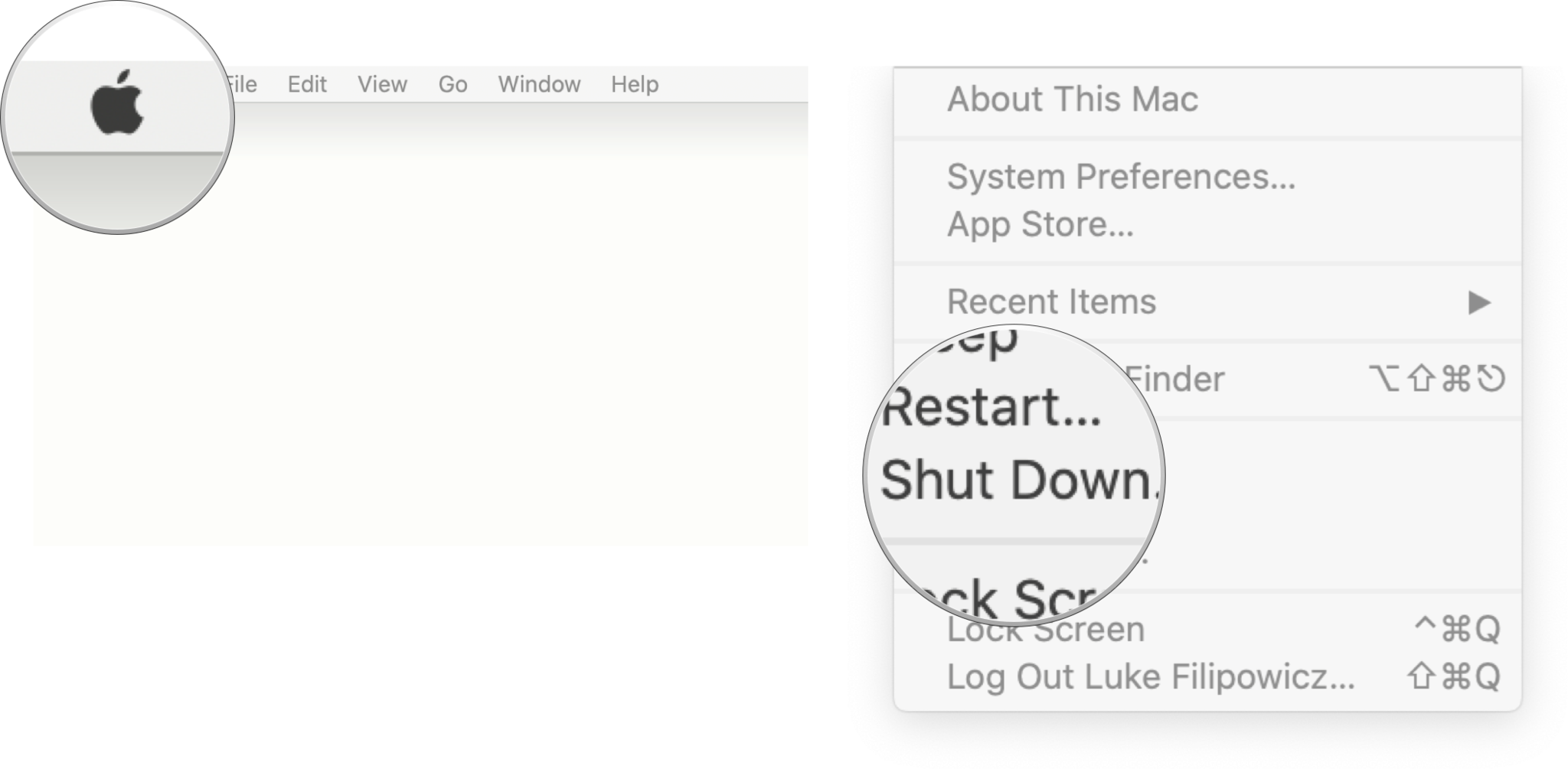Power Management is handled using the pmset command line utility, which I covered in a very small part yesterday. There's a lot more than just waking on magic packets that you can do with pmset though. For starters, let's look at the original command we discussed:
A CyberPower UPS system and Apple's Mac Energy Saver software can be set up to safely and securely shut down a Mac during a power event without using PowerPanel software. However, Apple's Energy Saver will not provide the Mac user with UPS statistics. PowerPanel Personal Edition for Mac is compatible with Mac OS X 10.11 and higher. These two memory areas store settings and information that is not cleared whenever you turn off your Mac's power. To do this, you'll want to turn off your Mac, and then turn it back on while.
pmset -a womp 1The -a refers to which power setting appled to whether the change was being made to battery, when we're plugged in, UPS based power or, as we selected, all. The flags, which fall into the first positional parameter are:
- -a – all
- -b – battery
- -c – wall charger
- -u – UPS

The next parameter you'll pass to the command is the option (argument) for that power setting that you would like to send. Here, you can set the number of minutes before the display goes to sleep, the brightness at various power settings and other options that have a direct effect on power. These include the following (no – required with their use and 0 or 1 is boolean):

The next parameter you'll pass to the command is the option (argument) for that power setting that you would like to send. Here, you can set the number of minutes before the display goes to sleep, the brightness at various power settings and other options that have a direct effect on power. These include the following (no – required with their use and 0 or 1 is boolean):
New Mac Os 11
- acwake – wake when you get high voltage power, it's a 0 or 1
- autorestart – automatically restart when there's been a power loss (in other words whenever the system is plugged in), use 0 or 1
- disksleep – number of minutes before the disk spins down
- displaysleep – number of minutes before the computers monitor (er, signal to the monitor) goes to sleep
- dps – 0 or 1, allows the CPU speed to dynamically change with power
- halfdim – other than being a nickname I deserve, this option is a 0 or 1 that controls whether the display goes to half brightness for the power setting in question
- lessbright – same as above just not as much
- lidwake – automatically wake the system when the lid is opened, can be a 0 or 1
- powerbutton – allows the box to go to sleep if someone hits the power button. If it's disabled, (since it's a 0 or 1 ) then the system will not go to sleep if someone hits the power button. This doesn't disable powering it down by holding down that same power button, btw
- reduce – whether to reduce the CPU speeds, can be 0 or 1
- ring – wakes if someone calls the modem (but since the modern laptops don't have modems, likely not something you'll be using), it's an integer- so 0 or 1
- sleep – number of minutes before the computer goes to sleep (but doesn't spin down the disk)
- sms – Very cool, controls whether you're using the Sudden Motion Sensor to stop the disk heads from locking down when the system gets jarred (G force math is kewl) – it's a boolean thing, either on or off
- womp – explained yesterday

